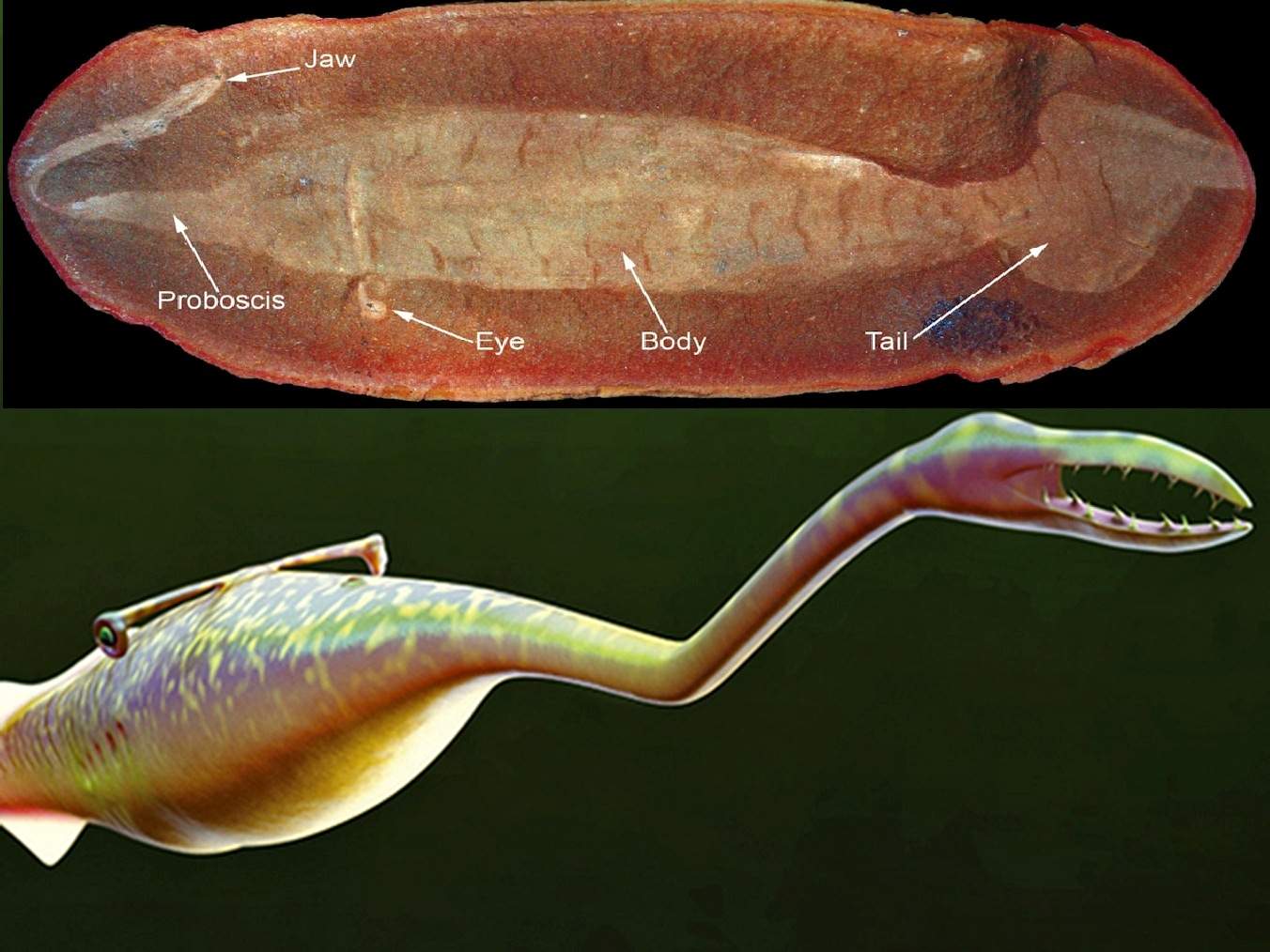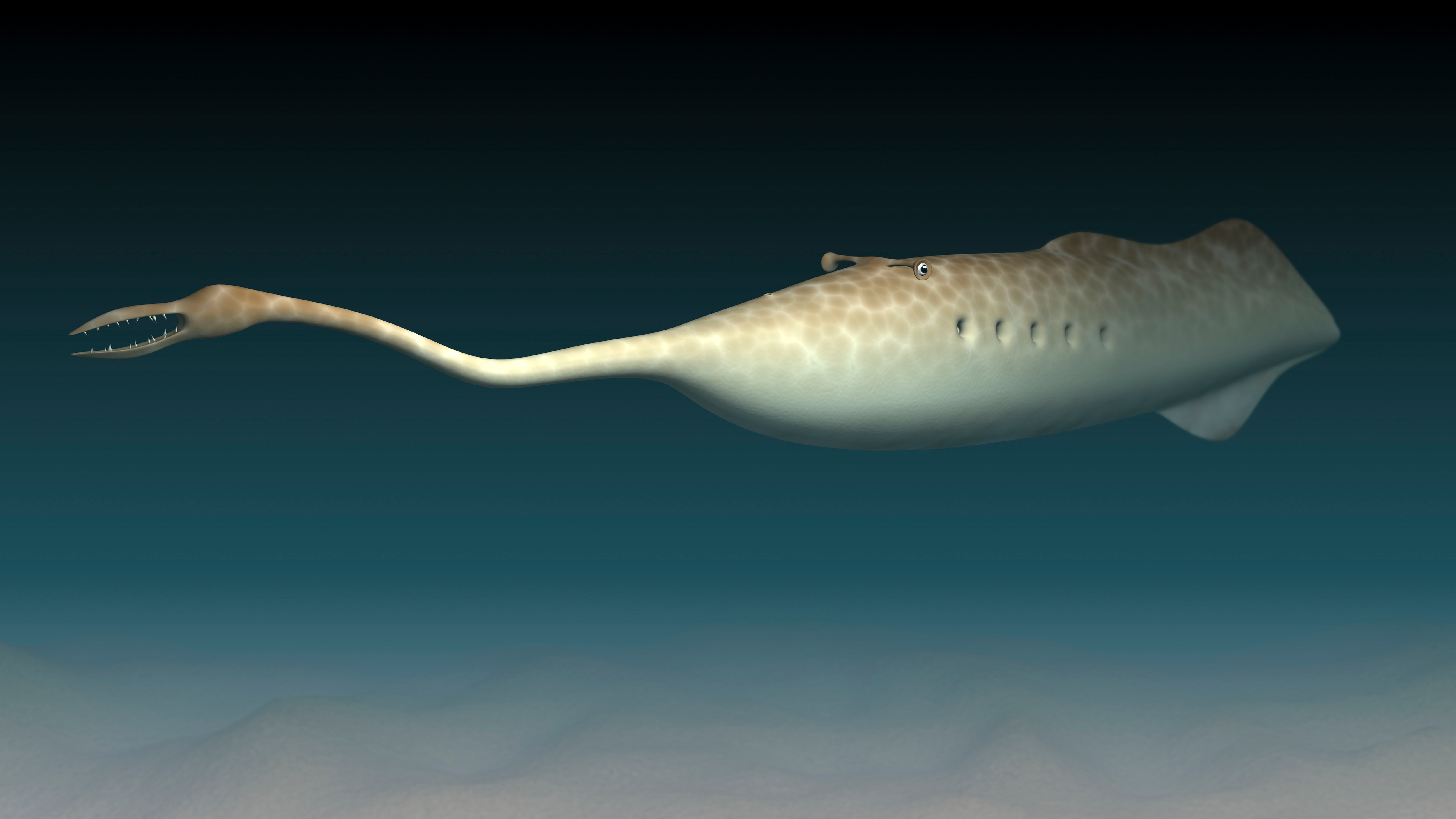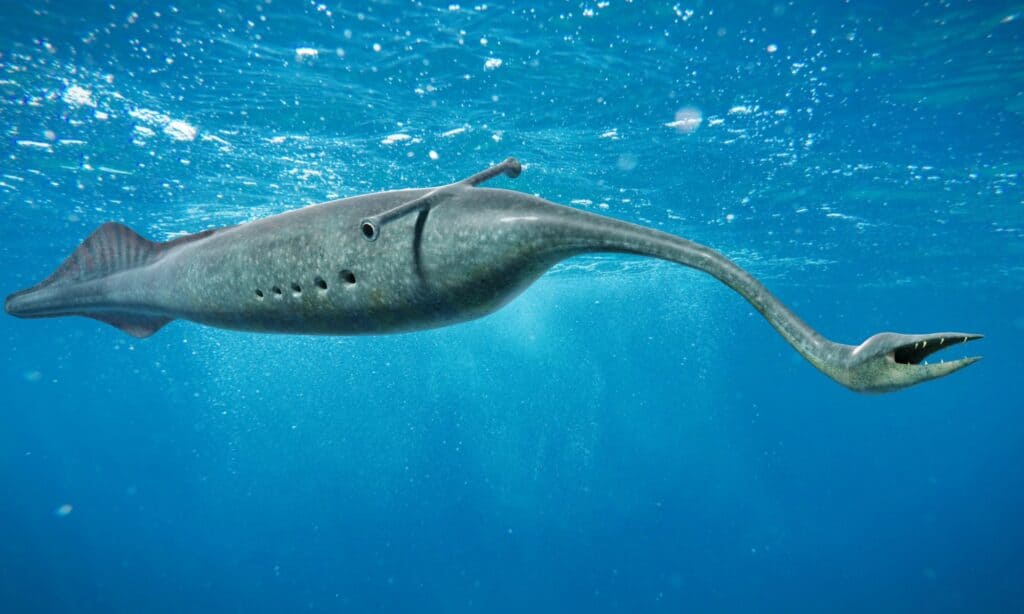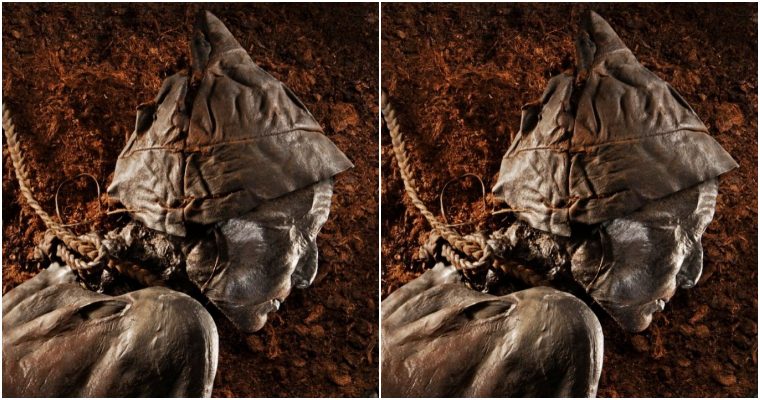For 58 years, this weird-looking creature has defied classification; now this and other big breakthroughs are giving us a new picture of many ancient lineages

This week marked one of those rare occasions in palaeobiology, in that it wasn’t just dinosaurs and mammoths making the headlines. On Wednesday, colleagues at the Field Museum, Yale University, Argonne National Laboratory and the American Museum of Natural History announced that the 58-year-old mystery of the Tully Monster had finally been solved.
It barely matters that outside of palaeobiology, most people probably weren’t aware that Tully Monster was a thing, let alone a mysterious thing because the story has all the hallmarks of a good palaeo yarn. There’s a mystery, a helpfully weird-looking animal, specimens in museum drawers and a satisfying resolution. Wikipedia has already been edited, museums are printing new labels for displays and if you listen very carefully, you can hear palaeontology textbooks being rewritten as you read this.

First discovered in 1958 by collector Francis Tully in 307-million-year-old Mazon Creek fossil beds, southwest of Chicago, fossils of Tullimonstrum gregarium showed a range of features that defied an easy placement amongst known animal groups. With very few hard parts preserved, the fossil showed fins similar to cuttlefish, a long tube structure with teeth at the end and evidence of what may have been eyes or any other paired organ.
Tentatively, affinities were suggested with the usual grab-bag of difficult phyla. It might be either a wormy type thing or a molluscy-like thing but for the most part, comprehensive taxonomies placed the monster in the animal kingdom untethered to any particular phylum, making it essentially unclassifiable. The perplexing nature of these fossils earned them the parochial nickname “Tully Monster”.

The paper released in Nature this week, boldly titled The ‘Tully Monster’ is a vertebrate, describes key features from examination of thousands of fossils, such as a notochord, a flexible rod running down the length of the body. The presence of a notochord makes it a chordate which is the group that includes the vertebrates (most kinds of fish, amphibians, birds, reptiles and mammals) as well as the sea squirts, larvaceans, lampreys, hagfish and lancelets. Tullimonstrum gregarium is thought to be in the same group as today’s lampreys and the weird tube-like structure turns out to be a weird proboscis-like structure containing teeth and not too dissimilar to the mouth of the silly singing elephant thing in the digitally remastered Return of the Jedi, probably without the lipstick.
This isn’t the first “solved mystery” in palaeontology but it is a rare magnitude of problem that fossil animals with completely speculative affinities are redetermined. Unfortunately, for Tullimonstrum gregarium this story will now forever be part of its interpretation in textbooks, documentaries and museums like similarly mysterious organisms before it. Conodonts were known only from spiked microfossils and remained enigmatic for 50 years until body fossils were discovered in the 1980s and, like Tullimonstrum, they were also found to be chordates.

The weird Cambrian velvet worm Wiwaxia that looks like an ill-conceived aquatic hedgehog was famously originally thought to be a polychaete worm, reconstructed upside down and back to front when discovered in 1977 until further analysis in the 1990s. Closer to home, and a mystery I remember from my training, the bizarre doodle-like fossil graptolites which I collected, drew and counted in their hundreds defied a confident classification ever since their description in the 1750s and now sit with acorn worms and pterobranchs, albeit still tentatively.

Tully Monster won’t be the last big palaeontological mystery to be resolved either. With the taxonomic relationships of living organisms being ever improved through systematic description, molecular and genetic analyses there are still fossil groups that defy tidy relational trees. The ancient swimming tailed blimp-like vetulicolians uncomfortably sit within chordates (the natural home for problematic swimmy socky organisms it seems). Conical-shelled organisms, hyolithans, which appear 540 million years ago and went extinct nearly 300 million years later, and Tentaculites are both questionably molluscs which have molluscan and unique anatomies. The clunkily named coeloscleritophorans currently defy any consistent placement amongst the animal kingdom bearing similarities to both sponges and molluscs, two very distantly related groups.
Nor are these animal mysteries confined to the palaeontological record. Occasionally a marine sample or a re-examined museum collection will hold a hitherto undescribed organism. In 2014, specimens of mushroom-shaped organisms Dendrogramma enigmatica collected from Australia in 1986 made headlines as a potentially completely new group of animals altogether but as ever the self-correcting mechanism of science means that it may be another 50 years yet before Dendrogramma finds a home amongst the other animals.

One last enigma in living organisms, which looks unlikely to be solved soon is the mysterious case of the group Monoblastozoa. This group of organisms, containing a single species, Salinella salve, supposed to be animals, have only been collected once by Johannes Frenzel from salt plains in Argentina in 1892. Despite attempts at retracing Frenzel’s steps by curator Michael Schrödl, Salinella salve, remains a Schrödinger’s taxon. Without the cat. Or the box.
It’s unlikely that Tullimonstrum gregarium won’t be reclassified, the relationships between the problematic groups of jawless fish are constantly changing with analysis of the handful of living members, discovery of new fossil species and redescription of old ones. But then that’s the joy and frustration of palaeontological description which the authors will no doubt anticipate and welcome.







